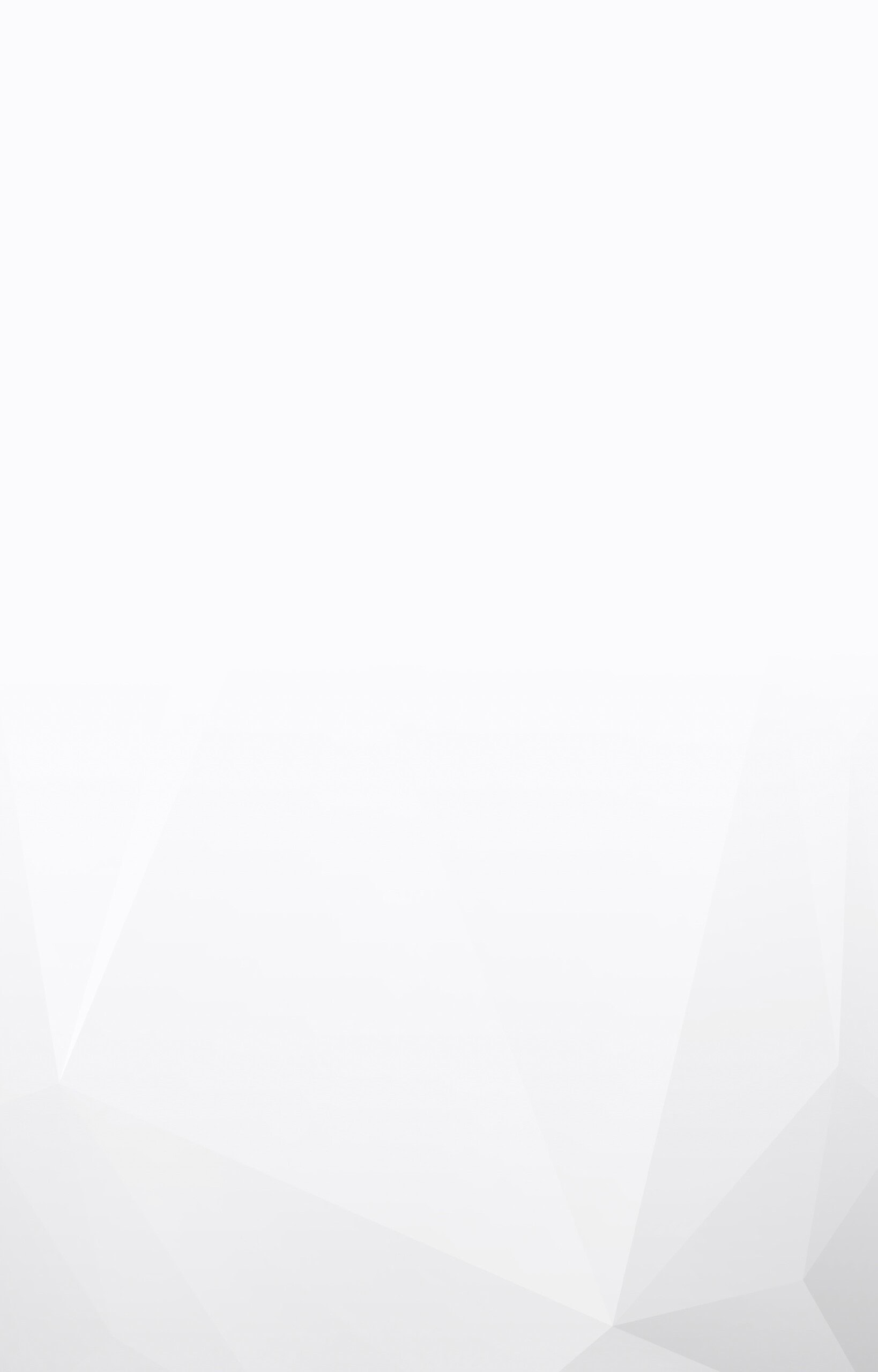
Categories: Transportation.
Finally.

Then it happens.
The supplier proposals come in, and the high costs of specialty parts and components erode profitability. Suddenly, the meetings on Monday mornings become tense and awkward, and the designs and conceptual artwork on the walls are replaced with spreadsheets and costing models. Margins plummet, prices increase. The buzz in the marketplace quickly transitions from “new and exciting” to “overpriced and unreasonable.” Worse still, someone stole the Keurig, and the water cooler is leaking warm water all over the carpet in the hall.
The culprit – Supplier Production Process.
When parts are designed, they are often designed with form and function in mind; the production process needed to produce the parts is rarely considered. As an example, many purchasing teams in the transportation industry will turn to injection molders to produce plastic specialty parts and components for their projects. The cost of tooling is almost always overlooked. There are times when plastic thermoforming is a far more cost-effective option because the tooling can be as much as sixty percent cheaper, depending on the parts and components.
Another consideration is the machinery used in production. In that same situation, most plastic thermoforming companies base part price on machine hours and labor. While a typical shuttle machine could yield 8-10 parts per hour, a rotary machine could yield 16-20 of those parts in the same amount of time. Because the machine hour is factored into the part price, plastic thermoforming companies with rotary machines can often offer far more cost-effective solutions than those without. We have certainly taken notice of this.
Brentwood has been manufacturing production parts for the transportation industry for over forty years. We believe that it is not only essential to provide a quality part, it is also necessary to provide those parts at price points that work. We strategically invested in our production processes to include both injection molding and thermoforming capabilities, as well as the latest equipment technology to ensure that our part and tooling costs are manageable.
Our diverse production capabilities allow us to offer more cost-effective parts and components. This also enables purchasing teams to perform an accurate and well-informed cost analysis, which helps them choose the best manufacturing process for their specialty parts. Most purchasing teams will then consider volumes and amortize the tooling costs across the forecasted volume of the part to achieve a total cost of ownership.
But before a total cost of ownership can be understood, before they can make well-informed decisions, purchasing teams need to engage with companies that offer a diverse set of capabilities to point them in the right direction – because having a five-gallon reservoir on the company Keurig would be nice, wouldn’t it?

